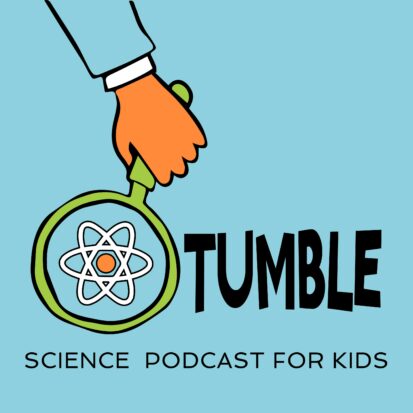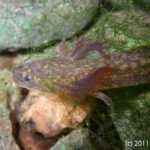
The Superpower of the Secret Names
Leave a reviewHow do species get their scientific names? To find out, Lindsay and Marshall take a field trip behind the scenes at the Smithsonian National Museum of Natural History. That’s where we meet Chris Mah, a sea star scientist who has discovered and named over 50 new species! (You might remember him from “The Surprising Story of Sea Stars’ Sticky Feet.”) Chris shows us next season’s hottest new sea stars, shows off his amazing toy collection, and shares the secrets behind his super naming super powers.
© Tumble Media | 00:14:39
|
Full episode description
 Episode One: The Mystery of the Barton Springs Salamander with Dr. Hayley Gillespie
Episode One: The Mystery of the Barton Springs Salamander with Dr. Hayley Gillespie
This is an Episodic show. You can listen to it in any order, but episode one is always a great place to start.Full Episode description
How do species get their scientific names? To find out, Lindsay and Marshall take a field trip behind the scenes at the Smithsonian National Museum of Natural History. That’s where we meet Chris Mah, a sea star scientist who has discovered and named over 50 new species! (You might remember him from “The Surprising Story of Sea Stars’ Sticky Feet.”) Chris shows us next season’s hottest new sea stars, shows off his amazing toy collection, and shares the secrets behind his super naming super powers.
What would you name a new species, and why? Tell us at tumblepodcast@gmail.com.
See Marshall’s photos from our trip, including Chris’ amazing office and the giant not-so-giant sea star he shows us in the episode. It’s on our blog at sciencepodcastforkids.com.
Hear a bonus “interview episode” with Chris Mah when you support Tumble on Patreon! Plus, hear from scientists from all our recent episodes! Pledge here: patreon.com/tumblepodcast
—
This episode is sponsored by
· Anchor: The easiest way to make a podcast. https://anchor.fm/app
© Tumble Mediabop| Status: Active, 276 episodes | Kind: Episodic | Episode URL
The content, Artwork and advertising within this podcast is not owned or affiliated with Sound Carrot and remain the property of their respective owners.








